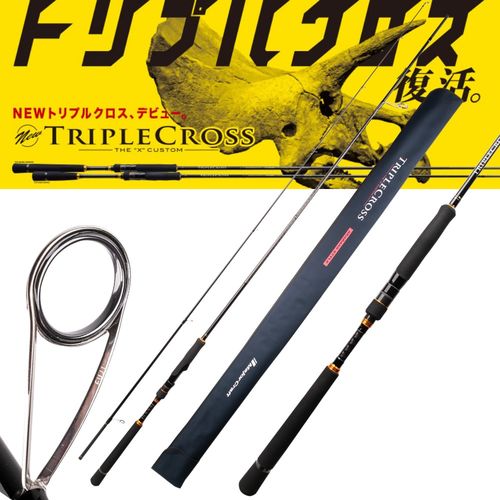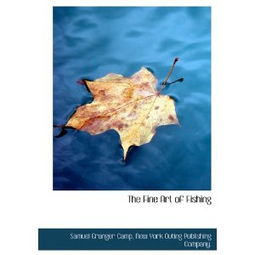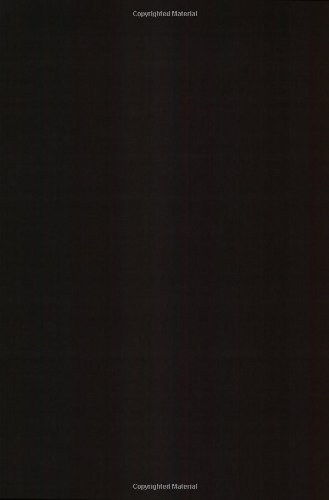Content:
Fishing with wheat穗, also known as wheat bait or wheat seeds, has been a traditional and effective method for catching fish in various bodies of water. The unique texture and scent of wheat穗 make it an appealing and nutritious food source for many fish species. In this article, we will discuss the techniques and tips on how to use wheat穗 for fishing, helping you become a master angler.
Choosing the Right Wheat穗
To begin with, it is essential to select the right wheat穗 for fishing. There are two types of wheat穗: hard wheat and soft wheat. Hard wheat, which is commonly used for bread-making, is preferred for fishing due to its tough outer shell and high protein content. On the other hand, soft wheat, often used for pasta, is more suitable for making wheat bread and noodles.
1 Hard Wheat:
- High protein content
- Tough outer shell
- Attracts a wide range of fish species
2 Soft Wheat:
- Soft texture
- Suitable for making wheat bread and noodles
- Less effective for fishing
When purchasing wheat穗, ensure that it is fresh and free from any contaminants. You can either buy wheat穗 from a local grocery store or grow your own wheat crop.
Preparing the Wheat穗
Before using wheat穗 for fishing, it is necessary to prepare it properly. Here are the steps to follow:
1 Soaking: Soak the wheat穗 in water for at least 24 hours. This process helps to rehydrate the wheat, making it more palatable to fish. It also allows the wheat to expand, increasing its surface area and attracting more fish.
2 Crushing: After soaking, gently crush the wheat穗 using your fingers or a rolling pin. This step is optional but can make the wheat more attractive to fish by exposing their inner protein content.
3 Freezing: For better results, freeze the crushed wheat for a few hours or overnight. This process helps to preserve the scent and flavor of the wheat, making it more appealing to fish.
Attaching the Wheat穗 to the Hook
Once the wheat穗 is prepared, it is time to attach it to the hook. Here are some techniques to consider:
1 Wheat Seed Bait: For smaller fish, you can use wheat seeds as bait. Simply attach one or two wheat seeds to the hook, ensuring that they are secure.
2 Wheat穗 Bait: For larger fish, use the entire wheat穗 as bait. Wrap the wheat穗 around the hook, leaving a small part exposed. This exposes the inner protein content and makes the bait more attractive.
3 Double Baiting: To increase your chances of catching fish, you can use a double baiting technique. Attach two wheat穗 baits to the hook, one on each side. This approach creates a more natural and appealing presentation for fish.
Techniques for Using Wheat穗 Bait
Here are some techniques to help you effectively use wheat穗 bait:
1 Patience: When fishing with wheat穗, patience is key. Fish may take some time to notice the bait, so be prepared to wait for longer periods.
2 Moving the Bait: Gently move the bait in a natural swimming motion. This can be achieved by reeling in and then letting out some line, or by twitching the rod slightly.
3 Depth: Adjust the depth of your bait based on the species you are targeting. For example, if you are fishing for bottom-dwelling fish like catfish, use a heavier weight to lower the bait to the desired depth.
4 Seasonal Changes: Consider the seasonal changes when using wheat穗 bait. During the warmer months, fish may be more active and easier to catch. In cooler weather, fish may be more lethargic, requiring patience and persistence.
Cleaning and Storing Wheat穗
After your fishing trip, it is important to clean and store the remaining wheat穗 properly. Here's how to do it:

1 Cleaning: Rinse the wheat穗 thoroughly with water to remove any debris or fish slime.
2 Drying: Allow the wheat穗 to dry completely in a cool, dry place. This will prevent the growth of mold and bacteria.
3 Storage: Store the dried wheat穗 in an airtight container, such as a plastic bag or jar, to keep it fresh for future use.
In conclusion, fishing with wheat穗 is a traditional and effective method for catching fish. By selecting the right wheat穗, preparing it properly, and using the right techniques, you can become a master angler. Remember to be patient, adapt to the conditions, and enjoy the beauty of nature while fishing with wheat穗. Happy fishing!












